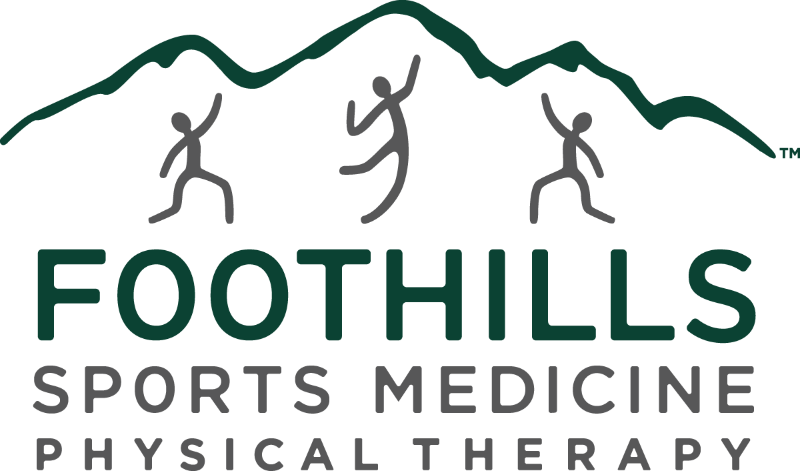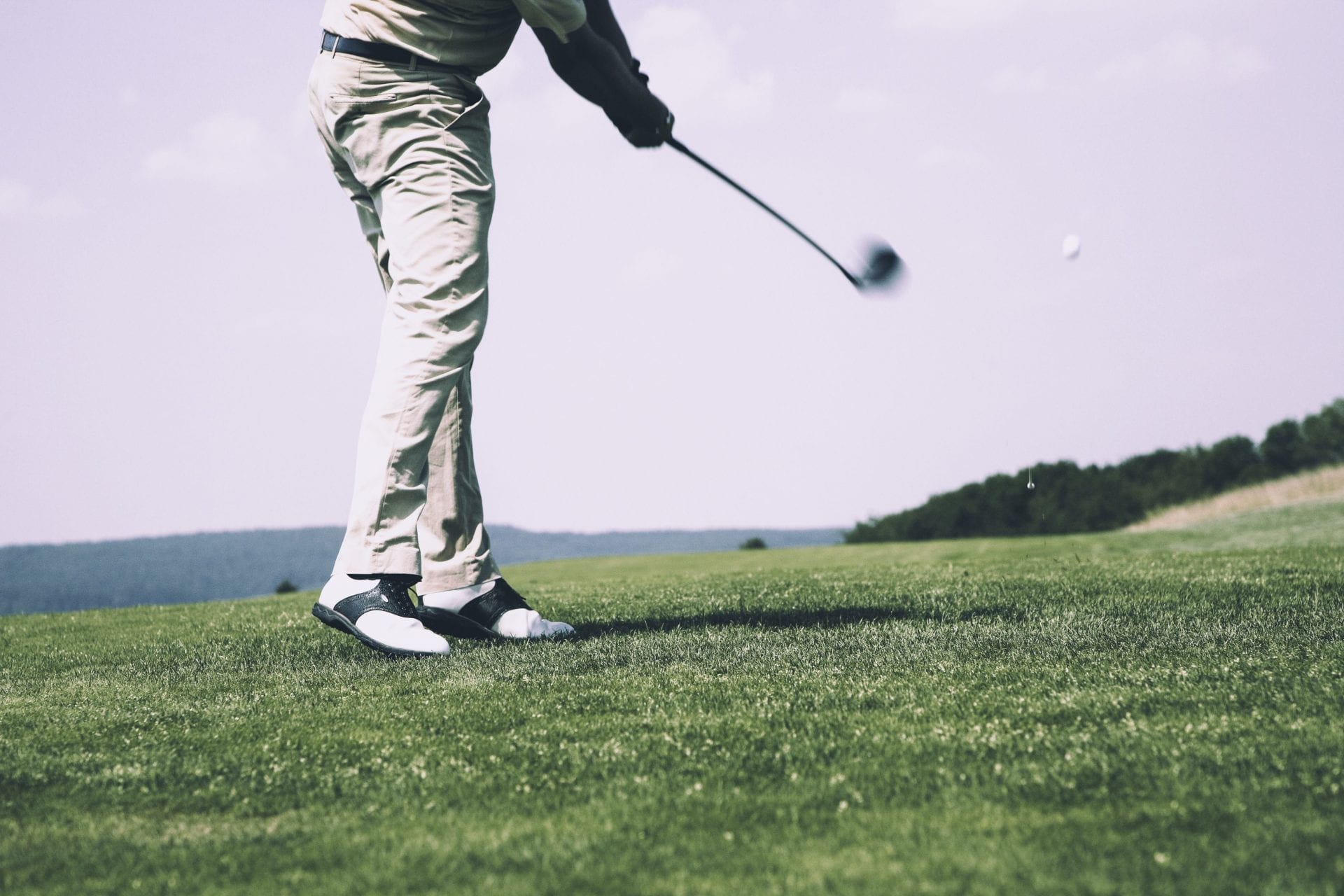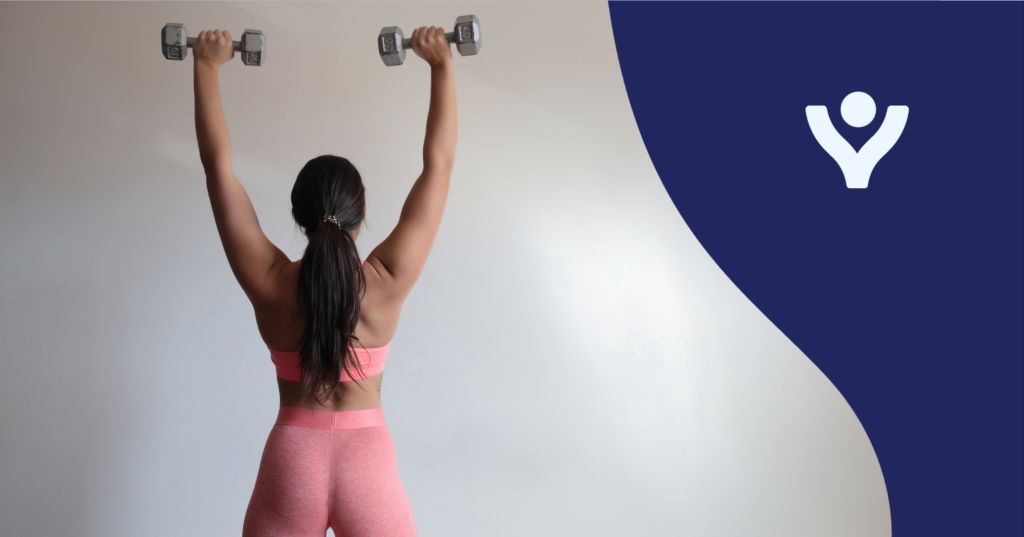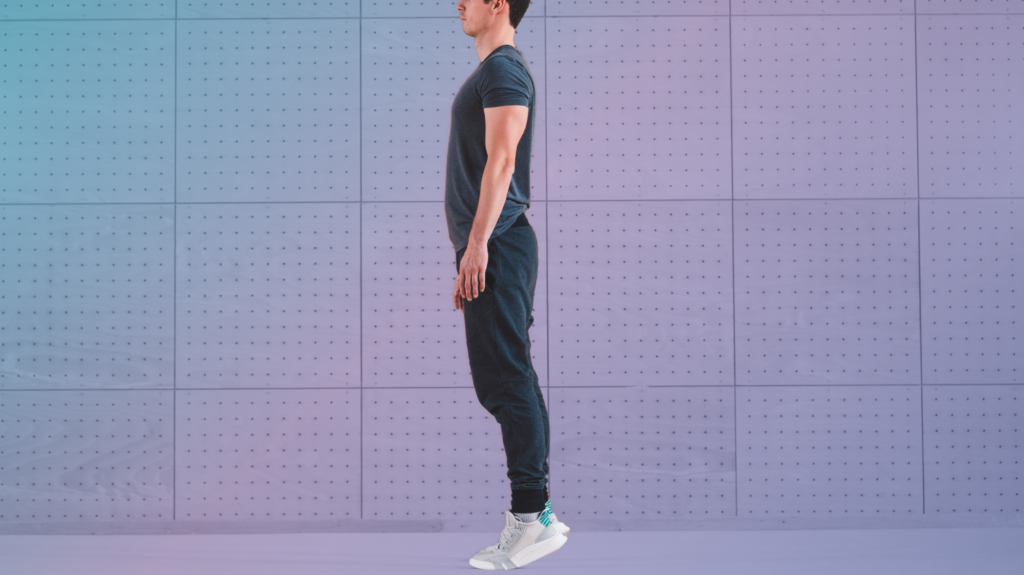Being able to go out on the golf course and play a consistent game is a goal for many golfers. However, there are several issues amateur golfers face that can affect their golf game. If your body is not properly prepared when the season starts, you could hit the ball improperly, which often leads to injury, worse performance, and further frustration—not a good recipe for the enjoyment of this popular sport.
Common issues include poor balance and stance, poor posture and decreased motion of the neck, shoulder blades, mid-back, and hips. Golfers with muscle tightness, joint restriction, or poor body mechanics can struggle to consistently execute their golf swings. An integrated evaluation and treatment plan can help you maximize your ability to transfer energy through your body and to the club with better efficiency and speed. A physical therapist will provide and guide you through exercises specifically designed to:
- Improve mobility of all joints (e.g., the neck, shoulder, back). Limited mobility could affect your swing.
- Improve flexibility of your hips and shoulder musculature as they are both critical to your follow-through and your backswing.
- Improve dynamic balance and develop an improvement plan for improved shot follow-through. Poor control of hip, abdominal, and hip musculature could cause you to finish your swing off balance.
- Improve core strength, which is the base of a good golf swing.
A golf swing is a complex and multidimensional movement with many body parts working in tandem. If one aspect of your form is lacking, other areas of your body will begin to compensate and this could lead to development of bad habits or possible injury. The basis of a good golf game is having a consistent, strong golf swing. Swing faults are most often manifested as poor form while executing the backswing and the downswing, or completing the follow-through. Over time, golfers may develop injuries or worsen pre-existing neck, shoulder, back, hand, wrist, or elbow injuries.
A physical therapist can help golfers achieve proper biomechanics and body movement to prevent injury, eliminate pain from an existing injury, and/or improve their game and level of consistency. Your physical therapist will help you customize a rehabilitative program to:
- Identify the bio mechanic challenges that are impeding your peak golf performance
- Create a treatment plan to address the deficit that is impacting your golf game
- Provide manual therapy to decrease pain and expedite healing of any current injuries
- Provide therapeutic exercises to achieve long-term recovery and prevention of injuries
With more than 11 million rounds of golf played annually in Arizona on its 350 courses—and an average temperature of 72° to go along with 300 days of sunshine—it’s no wonder the Grand Canyon State is one of the most popular golfing destinations.
Whether you are an avid golfer or someone who puts on your spikes only a couple of times a year, physical therapy can promote optimal fitness to improve your performance and prevent golf-related injury. Schedule an appointment today to help make the most of your pastime.




